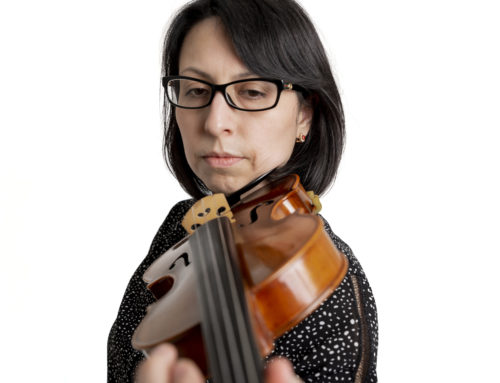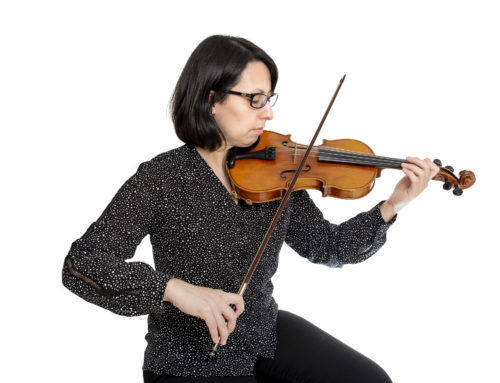Finding the Perfect Fit: Choosing the Right Violin Size
Choosing the right violin size is a crucial decision, especially for beginners and young musicians. A properly sized violin ensures comfort, ease of playability, and the best chance for skill development. In this blog post, I’ll guide you through the essential factors to consider when selecting the perfect violin size for you or your child.
1. Age Matters
The age of the player is a primary factor in determining the appropriate violin size. Violins come in various sizes to accommodate players of different ages and arm lengths. Here’s a general guideline:
Violin Sizing Chart
| Violin Size | Age | Arm Length |
|---|---|---|
| 1/16 | 3-5 | 14″-15″ |
| 1/8 | 3-5 | 15″-16″ |
| 1/4 | 4-7 | 18″-20″ |
| 1/2 | 6-9 | 20″-22″ |
| 3/4 | 9-11 | 22″-23″ |
| 4/4 | 12+ | 23″+ |
2. Measuring Tips
Measuring the player’s arm length can provide a more accurate indication of the right violin size. Here’s how to measure:
- Extend the left arm perpendicular to the body and then measure from the neck to the middle of the palm.
- Once you have that measurement, view the violin sizing chart below and select a size.
- If you are not sure about the sizing, ask your local music shop for assistance.
Compare the measured arm length to the recommended violin sizes for a better fit. Keep in mind that comfort is crucial, so choose a size that allows the player to reach all parts of the fingerboard comfortably.
3. Visit a Professional Luthier
While online resources and charts can provide guidance, nothing beats a visit to a professional luthier or music store. An experienced luthier can assess the player’s physique, arm length, and hand size to recommend the most suitable violin size. They can also offer valuable insights into the quality and playability of various violins within the chosen size.
4. Playability and Comfort
It’s essential to consider how comfortable the violin feels to the player. A violin that is too large can be challenging to handle and may lead to poor posture and technique. On the other hand, a violin that is too small might limit the player’s ability to reach certain notes comfortably.
When trying out violins, pay attention to:
- The reach between fingers and strings.
The angle of the player’s elbow and shoulder.
The ability to maintain proper posture.
5. Growth and Longevity
For young players, it’s worth thinking about how fast they are likely to grow. If a child is on the cusp of two sizes, it might be wise to choose the larger size to accommodate growth over the next year or two. However, avoid choosing a violin that is too large as it can hinder progress and lead to bad habits.
Conclusion
Selecting the right violin size is a crucial step on your musical journey. Consider the player’s age, arm length, comfort, and potential for growth when making your decision. Visiting a luthier or music store is highly recommended to ensure a proper fit and to explore the best options within your chosen size. Remember, a well-sized violin can make the learning process more enjoyable and help you or your child develop excellent violin skills.







Great post on Violin size. Many parents are unaware of how easy it is to work out the correct violin length for their child. I thought your explanation was clear and extremely informative. I am sure your post is genuinely appreciated by your readers. If you have the time, please have a look at our own guide for violin sizing. We also recommend brands depending on the age of the aspiring violinists, to help point readers in the right direction.
Thank you so much for your time
Mo